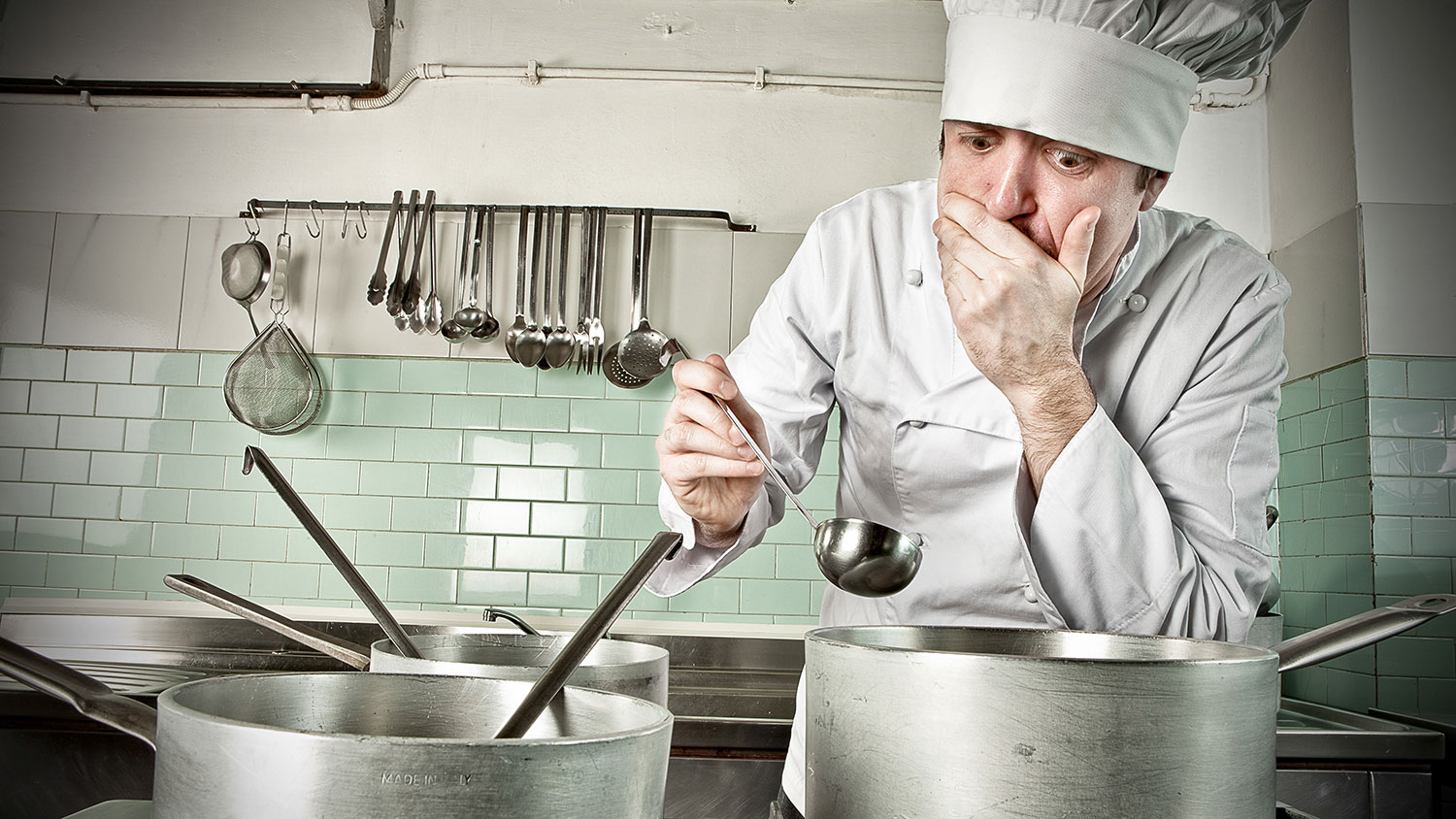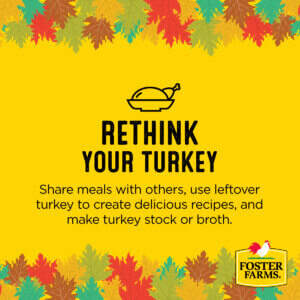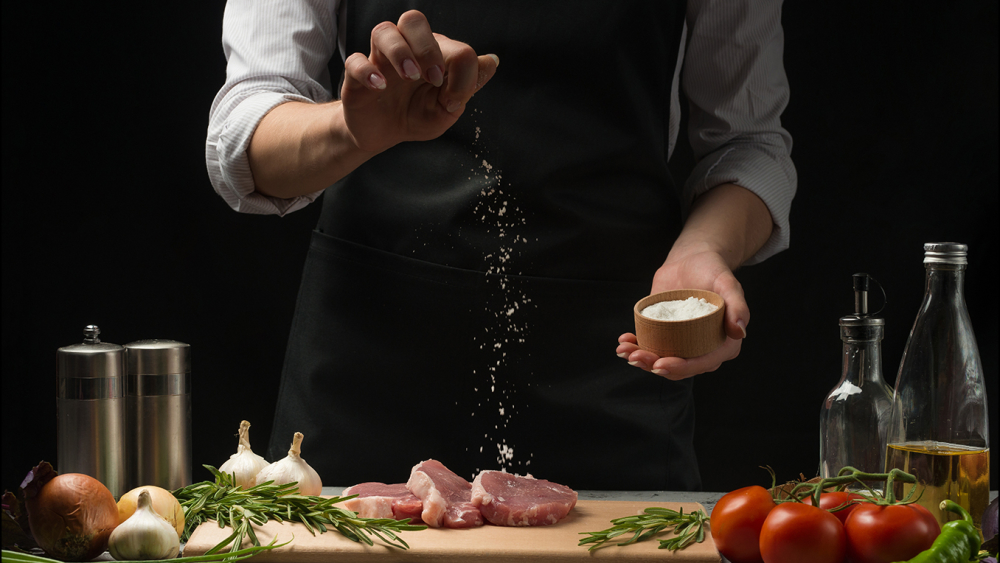
You can make sure your kitchen is safe by following a few simple steps. Safety precautions include not purchasing appliances with broken or faulty parts, and knowing the hazards that could be present in your kitchen. These can include electrical fires as well as choking hazards. You can find more information about safety in the kitchen by reading on. Here are some top tips:
Fire hazards
The kitchen is the most dangerous area in a home. There are many kitchen hazards that can cause serious injury. Some accidents are avoidable, but others can cause serious injuries. Fortunately, most kitchen accidents are easily prevented with a few common precautions. Always seek medical attention if you sustain an injury in the kitchen. Even if your injury appears minor, you could have an internal injury that will not be apparent for days.
Electrical fires
Although electrical fires within kitchens can be quite unpredictable, it is possible to prevent these catastrophes by following basic safety steps. Overloading an electrical outlet is not a good idea. You also should avoid overusing liquids and water near heat-generating equipment. Don't plug appliances that don't have water or liquids. It is important to avoid overloading outlets. This can lead to dangerous situations, and can even cause trip breaker.

Stoves
The number one cause of house fires is when something is left unattended on the kitchen stove. While they are away for the day, or just to get a quick nap, people leave kitchen stoves on. You should make sure you don't leave anything near the stove. Set a timer and ensure that nothing flammable is not left nearby. Potholders are also a good idea to catch any packaging that falls on the stove.
Choking hazards
The dangers of choking in the kitchen are numerous. Children can choke on almost anything, even if it is small. Parents need to be extra vigilant about their children's safety. Check behind couches, under furniture and any other places where children might reach. To prevent choking hazards, parents must also be familiar with CPR and keep an emergency phone close by. Children should be taught how to childproof cabinets and drawers in order to avoid choking in the kitchen. Children must be watched when they eat and food should be cut into halves.
Cross-contamination
Cross-contamination in the kitchen is a problem. Cross-contamination is a problem that can result in dangerous bacteria being transferred to food. Cross-contamination is a problem regardless of whether a machine was used to cut meat or to create glassware. A meat slicer was infected with listeria in 2008. Cross-contamination cannot always be avoided in all cases. However, there are still a few steps you should take to prevent cross-contamination in your kitchen.

Hand washing
Proper hand washing is an essential aspect of food safety and is the first line of defense. Hand washing is an essential part of food safety. It is important that employees wash their hands frequently. This requires thorough training and proper setup of hand washing stations. Hand washing can help reduce cross contamination and improve food safety. Hand washing is crucial for food processing plant safety. It should be taught in training sessions and displayed prominently in the workplace. Hand-washing will also make your product cleaner and more healthy.
FAQ
How do I become a Chef?
There are many paths to becoming a chef. Start by enrolling in a class at a vocational school or community college. You can then look into going to culinary school. You can also apply for a paid internship.
What is the best way to learn to cook?
Cooking should be something everyone can do. You will miss out on great meals if you don't learn how to cook. The first thing you need to do when learning to cook is to find a recipe that you like and follow it closely. The next step is to practice making small modifications to the recipe until it becomes second nature. The last step is to cook for others. This will help you improve at cooking and also allow you to test your skills.
What are the benefits to using a slow cooker
Slow cookers are useful because they can make delicious meals in a fraction of the time. Slow cooker recipes are more healthy than traditional dishes because they use less oil. Additionally, slow cookers are more convenient than traditional recipes because they take care for themselves while you're sleeping.
What skills is required to attend culinary school
You will need to know how to cook, understand food safety regulations, and be able work under pressure in order to become a chef. To learn how to cook, you should take cooking classes at your local high school or community college. After you have learned the basics, you can apply for jobs in a restaurant or catering business.
Do I have to learn how to cook with my children?
Yes! Yes! It's a great way to teach responsibility and teamwork. You can have your children help you with everything, from washing vegetables to cutting onions. You will have your children enjoy helping you cook as long as they follow safe procedures when using knives.
How long does it take to become chef? What Is the Average Career Path?
A chef's career takes about five years. This time you'll learn the basics of cooking and work as a cook assistant. Once you have completed your training, you may apply for executive, sous, and line chef positions. The salary range for a chef is between $25,000 to $60,000 per annum.
Statistics
- On average, chefs earn $58,740 a year, according to the BLS. - learnhowtobecome.org
- under 10 Kids have been taught that there is special food just for them, and Fiese says that 10 percent of kids will throw a tantrum if they don't get the food they want. (washingtonpost.com)
- The median pay for a chef or head cook is $53,380 per year or $25.66/hour, according to the U.S. Bureau of Labor Statistics (BLS). (learnhowtobecome.org)
External Links
How To
How to make a perfect omelet
Omelets are a favorite breakfast food of mine. How do you make them perfect? Many different recipes and methods have failed to work for me. So I wanted to share some tips and tricks so that you can make delicious, fluffy omelets every morn.
First, eggs can be very temperamental ingredients for making omelets. The eggs must be fresh from an organic source and kept at room temperature until they are ready to be cooked. You must keep them cool enough to allow the whites to form properly and the yolks to become too runny if they're not kept at the right temperature. This can make your omelets look bizarrely colored. If you want to make omelets right away, it's best not to use eggs that are too cold.
You can also separate the egg before you add it to the pan. You don't want the white to get mixed with the yolk, as this could cause the egg to curdle.
If you add the egg directly onto the stovetop, you might end up burning the bottom part of the egg, which would ruin the texture of your omelet. Instead, heat the egg for 10 seconds in the microwave before placing it in the pan. The microwave heat is sufficient to cook the egg without overcooking.
Let's now talk about mixing eggs. Mix eggs well together. You can do this by turning the bowl of your mixer upside down. Then shake the bowl vigorously. This allows the air to be whipped and the egg to be mixed thoroughly.
The fun part begins - you need to pour the milk into your mixture. The first step is to pour half of the milk in the beaten eggs. Next, fold the eggs into the remaining milk. You don't need to worry if streaks remain. They will disappear once you flip your omelet.
After folding the eggs, place the pan on medium heat and wait for the oil to start sizzling. Once the oil begins to heat, add 1/4 cup butter and swirl the pan to coat it. Carefully open the pan's lid and add salt to the pan. An additional pinch of salt will prevent the omelet form sticking to your pan.
Once the omelet has formed, cover the pan again and wait for the top side to set completely. Use a spatula to flip the omelet or turn the pan upside-down. Cook the opposite side for another minute. Serve the omelet immediately by removing it from the pan.
This recipe is best made with whole milk. However, it can also be used with skimmed milk.